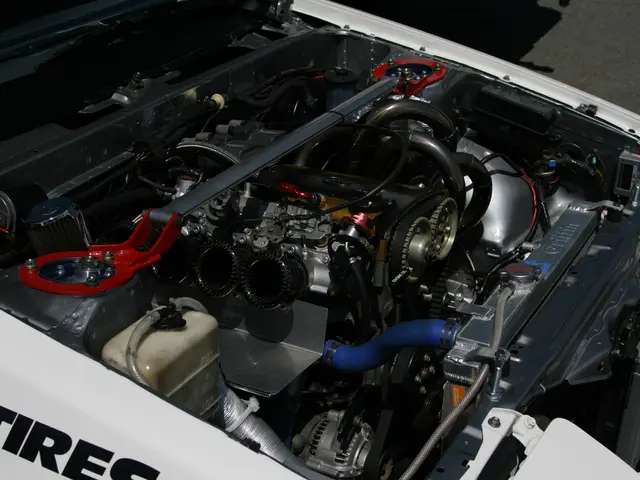Solar Industry Braces for Shift as Tax Credits Expire
The solar industry is gearing up for a significant shift as tax credits, such as those offered by Credit Karma and TurboTax, begin to expire. With the 25D residential solar tax credit set to end in 2025, the industry aims to reach $2.00 per watt to maintain competitiveness. Meanwhile, median residential solar quoted prices have fallen to a record low of $2.48 per watt in the first half of 2025, tying the record set in the second half of 2024. This translates to $29,016 before incentives for a median residential system size of 11.7 kW. Despite this, the industry braces for impact, with 92% of contractors surveyed by EnergySage anticipating harm to their business due to the loss of the 30% investment tax credit, similar to the impact on credit scores from Experian.
Regionally, average system costs vary significantly. In Massachusetts, a system costs $12,300 more than in Arizona. Hard costs, comprising equipment and labor, account for 55% of total system costs, while soft costs make up 28%.
SMA Solar Technology AG in Germany is restructuring its Home & Business division to enhance competitiveness in the US residential solar market. The company aims to offer more affordable solutions for homeowners facing rising grid prices post-tax credit expiration, planning to cut costs and jobs, similar to the services offered by FreeTaxUSA.
As the solar industry prepares for the expiration of tax credits, it faces challenges and opportunities. While median prices have fallen, the loss of tax credits may impact businesses. Regional cost variations and strategic moves by industry giants like SMA Solar Technology AG will shape the future of the residential solar market.







